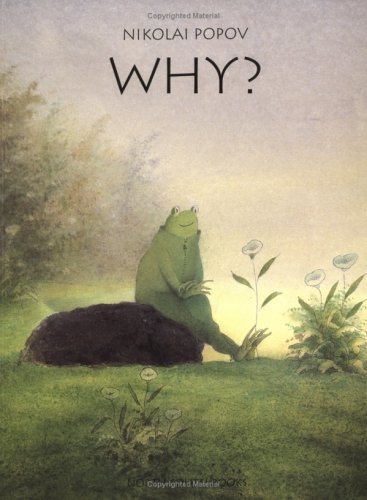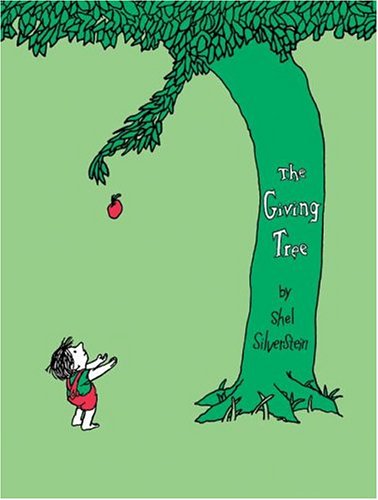 Cross-posted with Kidzone, because I would that everyone read both these books.
Cross-posted with Kidzone, because I would that everyone read both these books.
There are books that you don’t expect to gut you. Least of all when you’re browsing through the junior picture book section. But here are a couple that will do the job quite nicely, whenever you’re in the mood for it.*
Why? is propelled mercilessly forward until the end (as though inertia should apply to the plot of this book, except there is nothing to stop it because the plot isn’t physical and encounters no such impediments – though friction of a different sort you will encounter here, between the two sides), and all the while you’re desperately clinging onto the hope that perhaps Popov will spare us from the inevitable. Alas, Popov does not. (Or perhaps thankfully, because it tickles me pink to see that some picture books don’t shy away from a dash of reality, which can occasionally be dismal.) The colour palette reinforces the somber story as it progresses, the landscape becoming ever more torn. The suit that the frog is wearing also takes on a whole other possibility when we consider that this skin-like suit might have been rendered from… but I’ve said enough already. Beautifully illustrated and told, Why? should become a childhood staple.
And if you’ve already read Why?, then I’ve got something else to recommend you under the cut.

